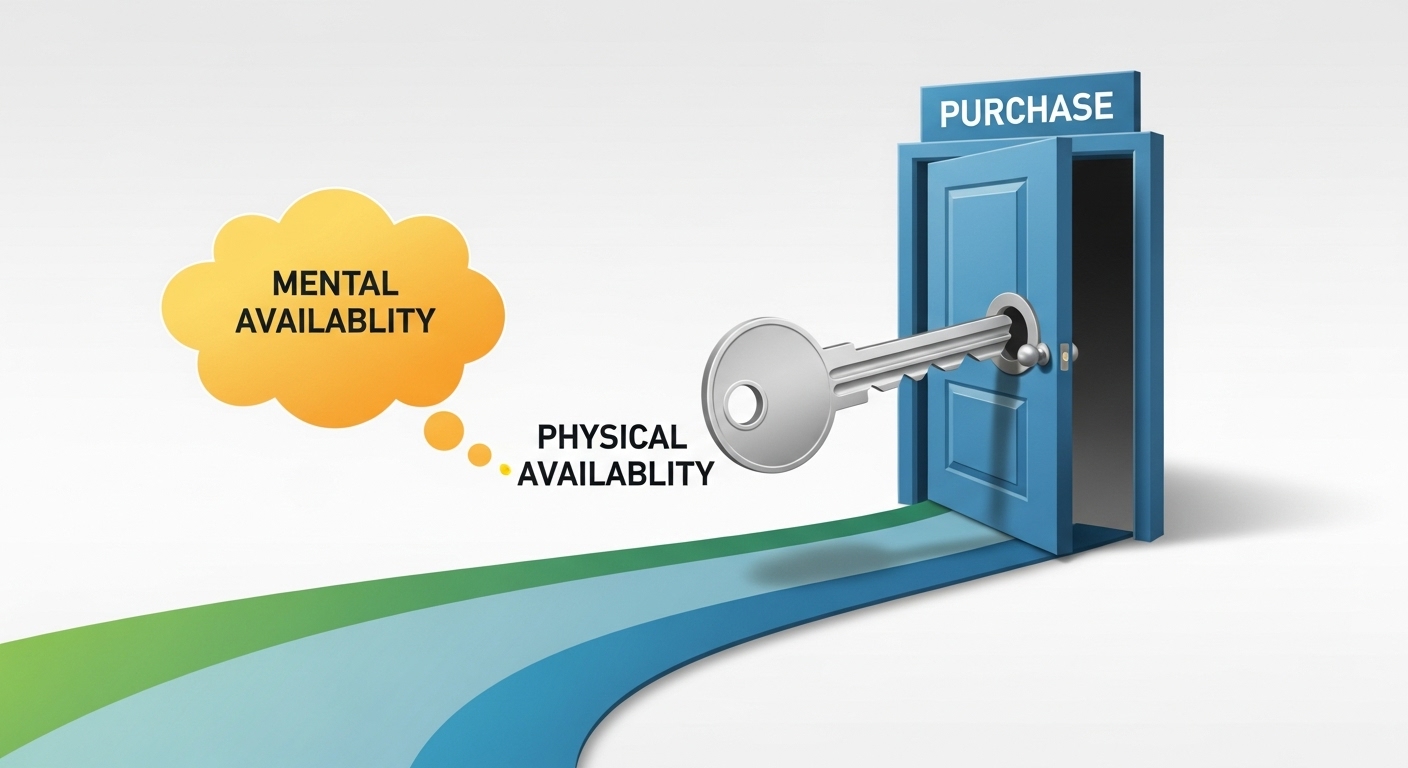For decades, B2B marketers have chased mental availability, the art of being the first name that comes to mind when a buyer is ready to purchase. Yet new research from the LinkedIn B2B Institute and the Ehrenberg-Bass Institute suggests a deeper truth. Physical availability, or being easy to find and buy when the customer is ready, offers a far greater growth opportunity.
This insight comes at a defining moment for B2B brands in Nigeria and across Africa. With the explosion of online sales channels, shifting buyer habits and mounting competition, the brands that will thrive are those that not only stay top of mind but also remain within easy reach when the moment of decision arrives.
The Traditional Playbook Is Showing Its Age
Historically, B2B marketing has revolved around boosting awareness, publishing thought leadership and nurturing leads. The assumption has always been simple: stay visible in the buyer’s mind, and you will make the shortlist when they are ready to buy.
However, the latest findings from LinkedIn and Ehrenberg-Bass challenge that model. Ty Heath, Director of LinkedIn’s B2B Institute, called the study “a wake-up call for an industry that’s been leaving money on the table.”
The research found that buyers interact with an average of 32 touchpoints before purchase, yet many B2B firms appear in only three or four of them. The implication is stark: if your brand is not physically present across key buying environments, you are likely invisible when it matters most.
What Physical Availability Means in B2B
In simple terms, physical availability means being where buyers buy. It extends beyond store shelves and digital marketplaces. For B2B companies, it includes trade shows, partner ecosystems, procurement platforms, virtual forums, reseller channels and mobile apps.
The research breaks this concept into three pillars. Presence involves being visible across every channel buyers use. Prominence ensures that your brand is instantly recognisable through distinctive cues and consistent positioning. Portfolio means tailoring your product offering to align with specific buying occasions or triggers.
As Ty Heath explained, “You need to wear your red backpack, the distinctive cue that makes you findable in a crowd.”
Why This Matters for African B2B Markets
Several realities make physical availability especially important in Africa.
First, many B2B deals still flow through partners, distributors and local agents. If your brand is absent from these networks, you may never be seen by the customer.
Second, the rapid growth of digital channels and buyer self-service is reshaping procurement. Buyers increasingly expect to find, evaluate and purchase solutions online. Brands that can be easily discovered gain a crucial edge.
Third, as markets become crowded with similar offerings, availability, accessibility and recognizability have become stronger differentiators than features or pricing.
Finally, local brands often face cost constraints that prevent complex sales cycles or long negotiations. Smarter presence strategies help overcome those barriers by making access intuitive and effortless.
The Strategic Shift: From Awareness to Action
For marketers, this represents a fundamental shift. Building mental availability remains vital, but it is no longer enough. Buyers must find it easy to act once they have thought of you. Here is how brands can bridge the gap.
Audit your buying channels. Map every location where customers might engage, including trade shows, procurement sites, partner portals and online resellers, and ensure your brand is visible in each one.
Strengthen your identity. Maintain consistent visual and verbal cues across all channels. Clarity and familiarity drive recall.
Link your offer to buying moments. Align your products and services with key triggers or needs that prompt purchase decisions.
Create omnichannel buying opportunities. Make your brand easy to purchase through direct forms, e-commerce tools, call features or distributor networks.
Evolve your metrics. Move beyond memory-based indicators like brand recall to behavioural ones such as reach, discoverability and ease of purchase.
A Local Example
Consider a Nigerian enterprise software company that excels in awareness but limits sales to direct enterprise pitches. What if it expanded through local resellers in secondary cities, built an online self-service portal for SMEs, attended regional trade exhibitions and maintained consistent branding across all touchpoints?
That simple shift could transform its positioning from “visible in Lagos boardrooms” to “accessible across Africa’s buying channels.” The difference lies in physical availability, which the research identifies as the true growth driver.
The Big Takeaway
Being memorable is no longer the full measure of success for B2B brands. Being easy to find, easy to choose and easy to buy now defines the leaders of tomorrow.
In a world where buyers move fast and attention is fleeting, the value of your brand will depend on how quickly it can be discovered and accessed. The opportunity is clear: combine awareness with accessibility, presence with purchase, and memory with movement.
Because in B2B, you rarely get a second chance at the buying moment. If you are not there when it happens, your competitor will be.
ALSO WATCH MARKETING EDGE ONTV









Comment
No comments found.